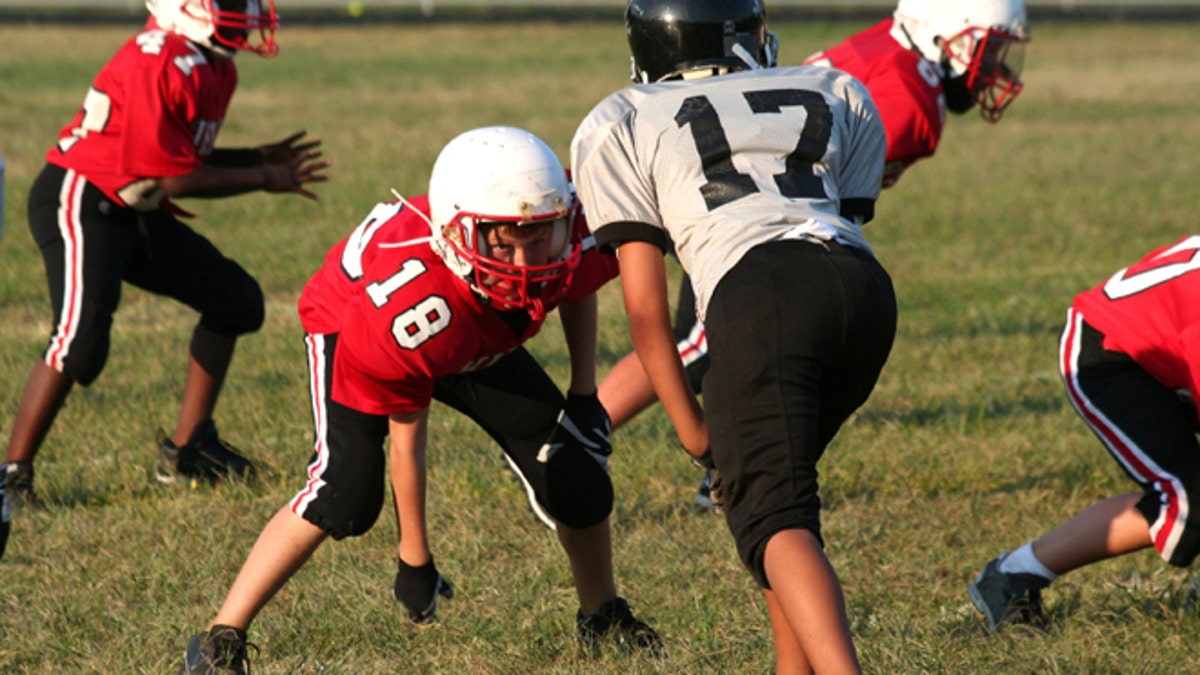
The science surrounding how to diagnose and treat concussions is as complex as the injury itself.
No two concussions are alike. And while those heavily involved in dealing with them - from researchers to clinicians to scientists - know the road ahead will constantly evolve, this much appears to be certain: the days when doctors told concussion patients to sit in a dark room until their symptoms abate are over.
A two-day symposium of over three dozen experts came to a unanimous agreement that the options for treatment are wide-ranging and that inactivity is no longer the best - or only - option.
"Historically, management for concussion is to rest," said Dr. Javier Cardenas, director of Barrow Concussion and Brain Injury Center at Barrow Neurological Institute in Phoenix. "We believe that is an incorrect assumption."
The symposium, underwritten by the NFL Foundation, focused on finding a starting point for putting together standard guidelines on everything from concussion protocol to active treatment options.
Dr. Micky Collins, executive director UPMC Sports Medicine Concussion Program, said while coming up with a consensus on treatment will take time, it's important to get the message out that concussions are manageable and patients have choices on how to recover.
Collins has worked with NHL star Sidney Crosby and NASCAR drive Dale Earnhardt Jr. as well as thousands of other concussion patients, pointed to a Harris poll in which 71 percent of adults believed concussions were an untreatable condition. That public opinion was in line with the science available at the time, but Collins stressed education for athletes, coaches and family members is important as the research evolves.
"It's a wild ride to be working in this space," Collins said. "There's a natural progression of science that has to occur and we're watching it unfold in front of our face. This is the next step."
One that moves away from the traditional prescription of keeping the body idle to allow the brain to recover. Cardenas said restricting athletes during the recovery period can cause unwanted complications like depression.
"For those involved in athletics, they view this as a punishment," Cardenas said.
While reviewing independent studies conducted by several of the experts in attendance, the group discovered that in some cases extended rest actually worsened the recovery time.
Cardenas said some of the stigma surrounding concussions is starting to ebb as athletes become more educated on the dangers of hiding concussion-like symptoms.
"It's clearly shifting," Cardenas said. "Some athletes are self-reporting. More athletes are reporting their teammates. We are seeing more people just come forward in general and being open about this."
In a way, the idea of resting athletes during treatment actually perpetuates some to keep the injury to themselves because they fear being withdrawn out of all activities, not just their sport.
"The default is to withdraw them from all physical activity, all cognitive activity, their phones, those types of things," he said. "After you go through that one or two times, you might say 'I'm not going to go through that again, I'm just going to deal with it.' We want to address that."
One of the next moves is in-depth research, including trials, to figure out what works and what doesn't. There is also movement to create different profile that categorize the different types of concussions. At some point there's the hope developing guidelines for treatment that can be accessed by physicians in your area means athletes won't have to seek out specialists.
"A lot of these things can be delivered to pediatricians, to the family medicine to say 'OK, look at these things and don't just go tell them to sleep it off, provide them with some treatment," Cardenas said. "If you find that it's out of your reach, then send them to a specialist but don't wait."
